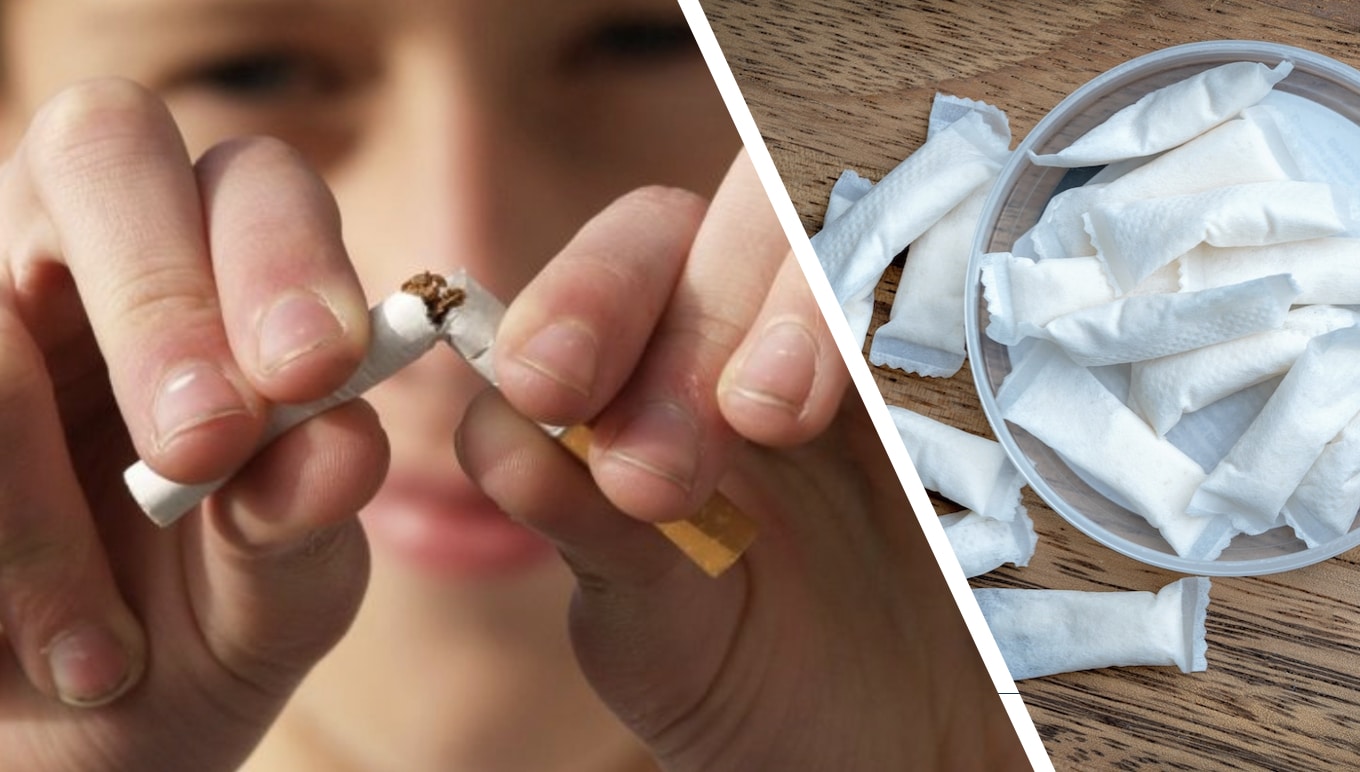Norwegian proposal: inform smokers about snus
The principle of tobacco harm reduction is gaining ground in Norway.
The Norwegian government is preparing a major shift in its tobacco policy in response to the growing body of research indicating snus can be an alternative for people who want to quit smoking.
The harm reduction principle stipulates that smokers who want to quit can be offered less-harmful alternatives such as snus, e-cigarettes, and heat-not-burn cigarettes.
“In addition, the current ban on new tobacco and nicotine products will be lifted and replaced by an approval regulation,” the government writes in a completely new tobacco strategy sent to the Storting, the Norwegian parliament.
“The government’s tobacco policy will therefore take into account harm reduction for established smokers who are unable or unwilling to quit, while at the same time preventing tobacco use and nicotine dependence among children and young people.
“This is a balance that must constantly be re-evaluated in light of market development and new knowledge. ”
One scholar who argues for harm reduction is Karl Erik Lund, senior researcher at the National Institute of Public Health in Norway.
He notes that 600,000 people still smoke in Norway, with 5,000 dying each year from smoking-related diseases, with these diseases disproportionately affecting some social groups.
“Today’s smokers need a different kind of assistance than the smokers that the health authorities targeted in the 1970s and 80s,” he says.
According to Lund, around 25 percent of smokers are categorised as “hard-core smokers”, with high nicotine dependence and no plans to quit.
“We must accept that these people will continue to be addicted to nicotine, as long as it is not related to cigarette smoking,” he says.
“The authorities should therefore facilitate a transition to nicotine products with less harm.”
Lund welcomes the new proposal as a positive development in Norway’s approach to tobacco.
“In Norway, we have for a long time had an intense professional debate about the advantages and disadvantages of harm reduction in the tobacco field,” he says.
“The debate has given impetus to a new way of thinking in politics. The absolute goal of eradicating tobacco is being replaced by a more pragmatic goal of working to reduce tobacco-related diseases and deaths (including e-cigarettes).”
He supports presenting smokers directly with information about snus as a less harmful alternative for those who want to quit smoking.
“My suggestion is that producers of cigarettes are instructed to include text on packages that reads: ‘Snus is not risk-free and can be addictive, but compared with smoking, the health risks of using snus are significantly lower. For smokers who do not want or can quit nicotine, snus can be a harm-reducing alternative’,” he says
The advantage, he says, is that “the message is communicated directly to smokers through a medium, the cigarette packets, that does not reach non-smokers”.
Patrik Strömer, Secretary General of the Association of Swedish Snus Manufacturers supports Lund’s proposal.
“In all other areas, the goal of reducing disease and suffering is important in politics, but not when it comes to tobacco in Sweden,” he says.
“Thanks to snus, Swedish men are by far the healthiest in the EU. When it comes to terrible diseases such as lung cancer and COPD, there is an ideologically-based aversion to other nicotine products. A reasonable political stance should have reality as its starting point, rather than wishful thinking.”




